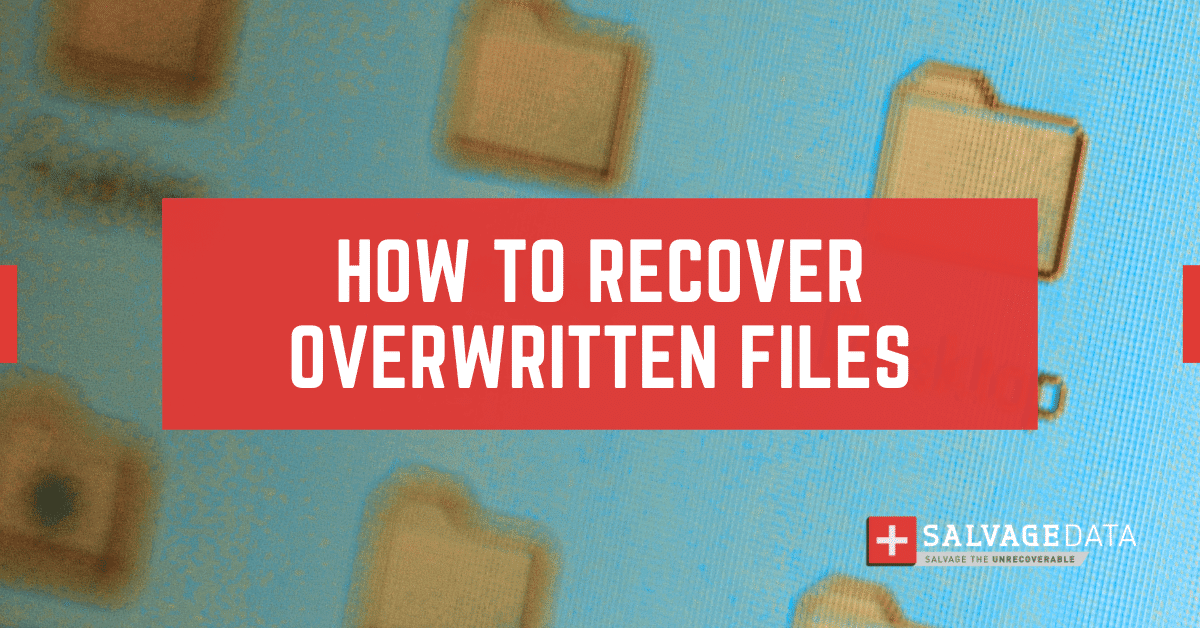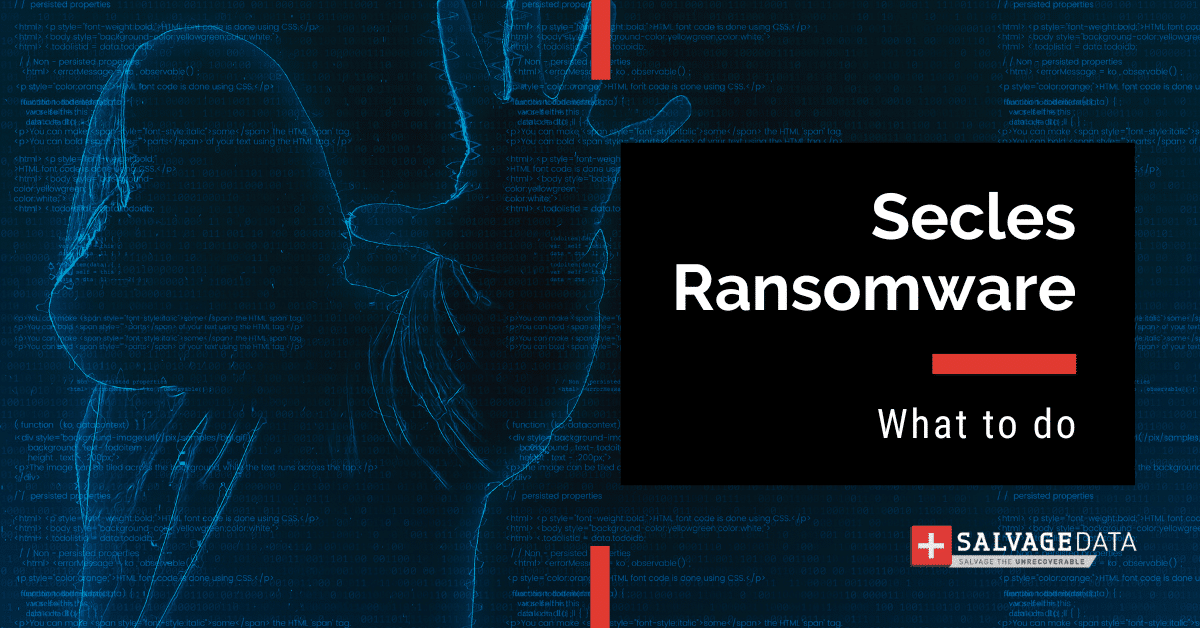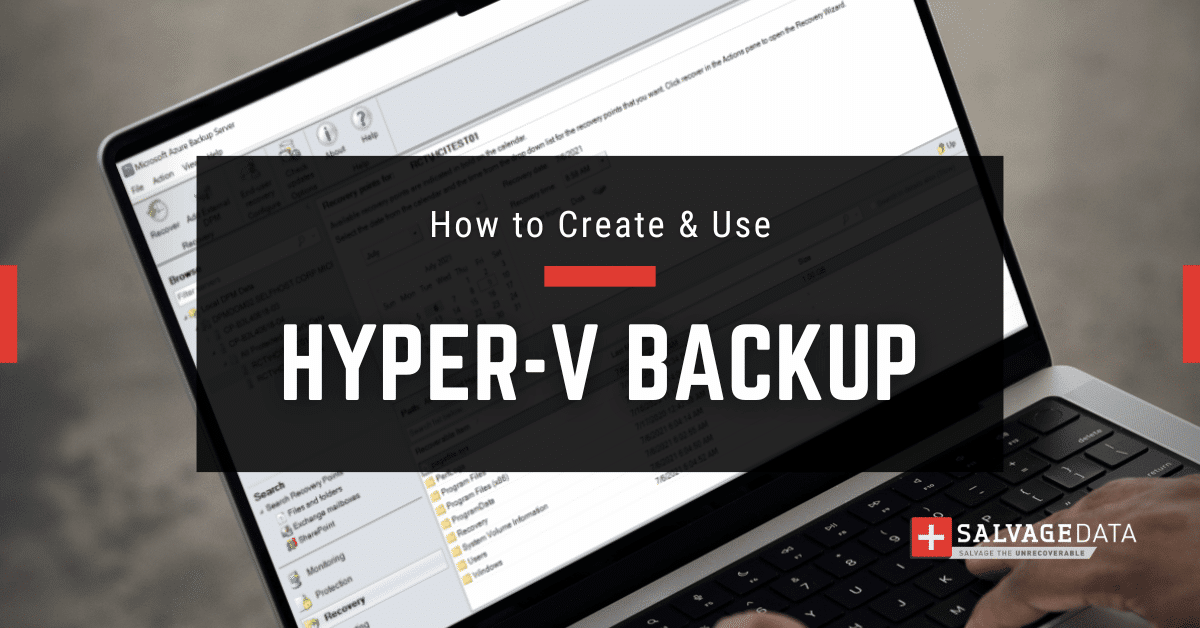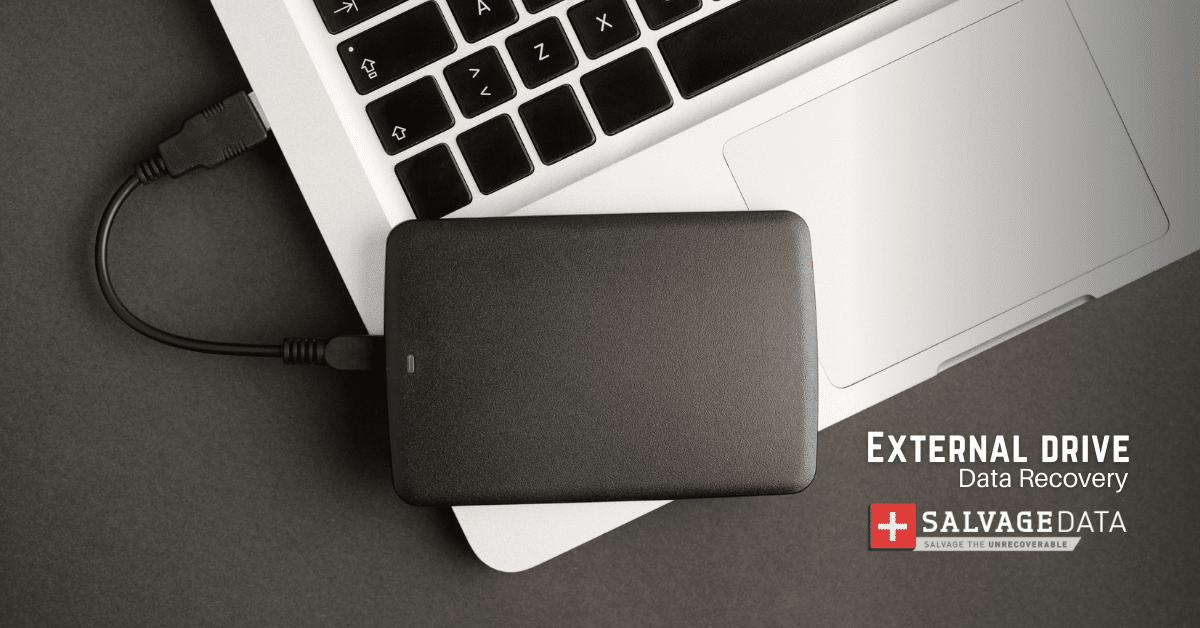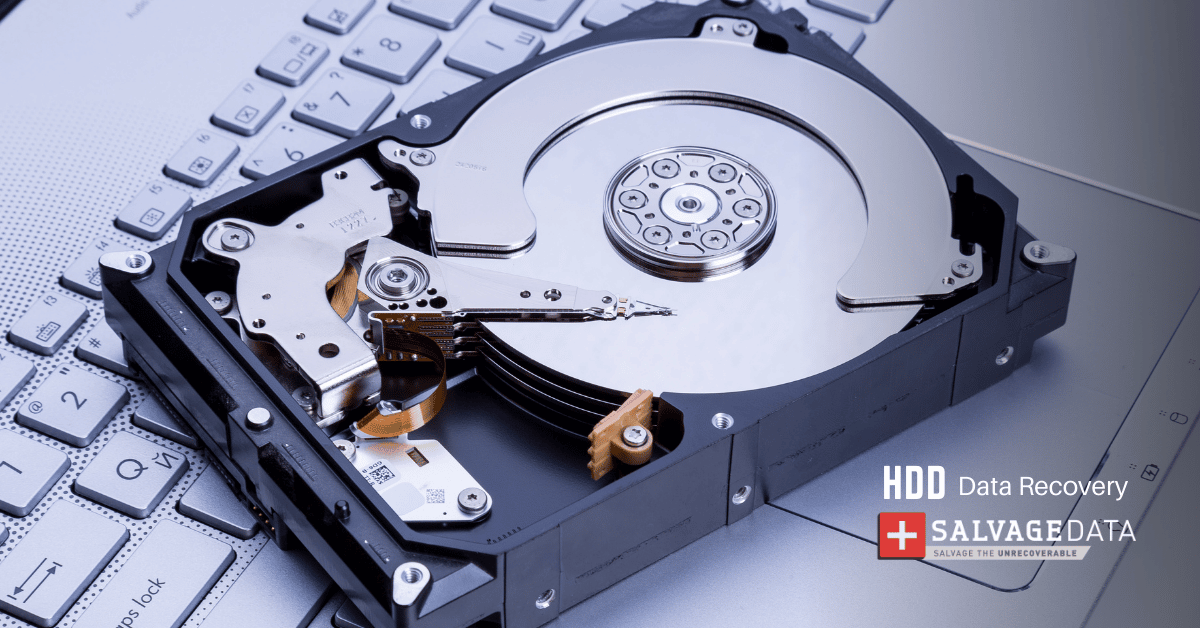Recent Articles
How To Recover Overwritten Files
The Snowflake Data Breach: A Comprehensive Overview
Mac Not Recognizing External Hard Drive: Quick Fix Solutions
How Multi-Cloud Backup Solutions Can Prevent Data Disasters
Capibara Ransomware: What is it & How to Remove
What Should a Company Do After a Data Breach: The Ticketmaster Incident
Secles Ransomware: Removal Guide
What To Do When Your Chromebook Freezes
How to Create Hyper-V Backup
What Is The Best Data Recovery Software For PC
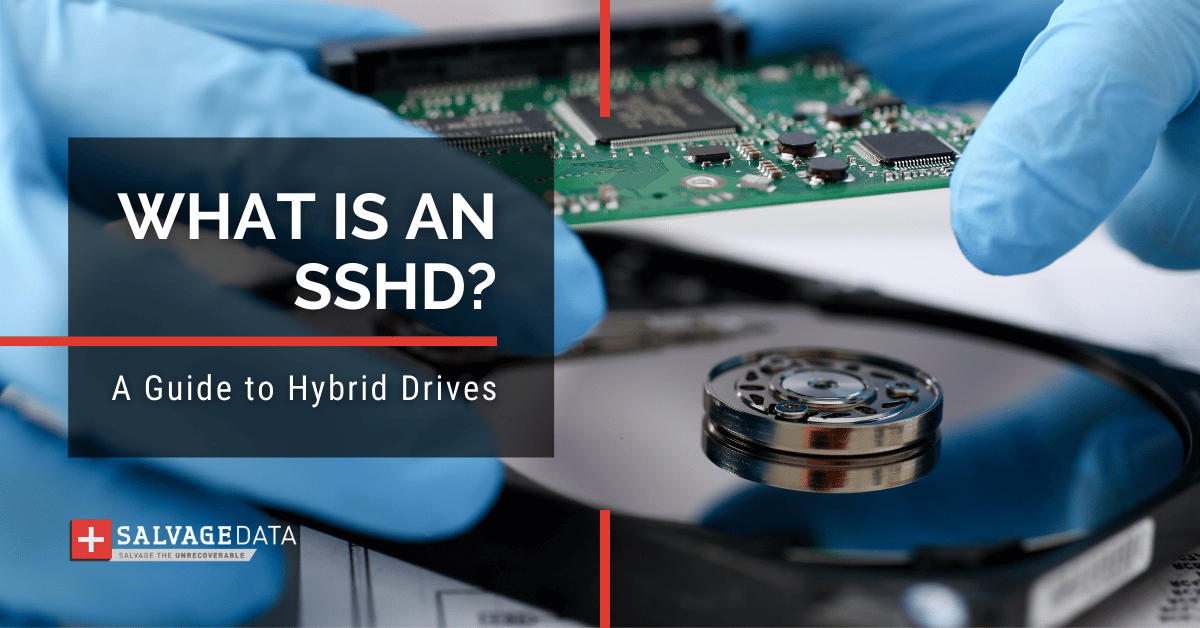
I think there's an issue with my storage device, but I'm not sure Start a free evaluation →
I need help getting my data back right now Call now (800) 972-3282
A solid-state hybrid drive, SSHD for short, is a conventional spinning hard drive enhanced with a small amount of quick solid-state cache memory and additional firmware to control the caching processor, all in one closure. Simply put, by combining the capacity of a hard drive with the reduced boot and access times ensured by an SSD, a hybrid device can offer an optimal solution for both data storage and performance within a budget.
SD High Speed + HD High Storage Capacity = SSHD
SSHD has a lot to offer for businesses and, especially, individuals. You may have to check your needs and get to know SSHD specifications and usability better before deciding to use it. But you are about to discover that it has a significant cost benefit that matches most home users’ needs.
Top Summary: SSHD is an alternative for data storage that goes with most of the user’s needs. It has a good storage capacity and response time. SSHD is better at processing and faster than HD. And it costs less than an SSD. Learn more about SSHD before buying a data storage device.
Is SSHD for you?
SSHD is a compromise between a hard disk drive and solid-state technology. While it will never deliver the same performance as a speedy and dexterous SSD, in many ways, a hybrid drive is simply immeasurably faster than a conventional HDD.
In terms of write and read speed, it makes practically no difference between SSD and SSHD. The major advantage of SSHD here is that it writes the most frequently used data — that is, the operating system and everything associated with it — to an integrated cache based on high-speed NAND memory rather than on a magnetic hard drive. This allows these files to be loaded much faster.
While it takes about 40-60 seconds to boot the system on a regular HDD, an SSHD can effectively reduce this time to 20-25 seconds, depending on cache capabilities. Given this, the first thing to look for when buying a hard drive is the amount of cache, so it fits your needs.
Summary: The best way to decide if it is the right choice for you is by learning more about its specifications and relating them to what you’re looking for. You have to look for information like cache, load time, capacity, size, and cost.
SSD vs SSHD
Now, both SSHDs and SSDs can provide much faster processing by using NAND technology. So, which are their differences?
| SSHD | HDD | SSD | |
|---|---|---|---|
| Speed | ☆☆ | ☆ | ☆☆☆ |
| Capacity | ☆☆☆ | ☆☆☆ | ☆ |
| Price | $$ | $$$ | $ |
| Reliability | ☆☆☆ | ☆☆☆ | ☆☆☆ |
| Form factor | ☆☆ | ☆☆ | ☆☆☆ |
| Durability | ☆☆ | ☆☆ | ☆☆☆ |

